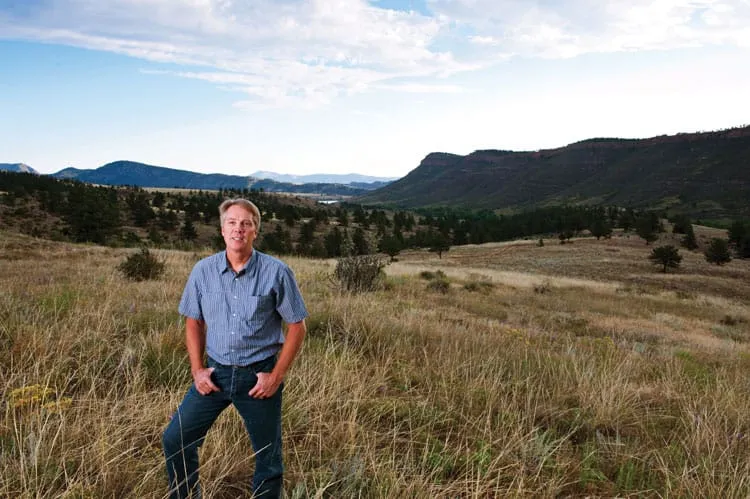Water projects stuck in regulatory limbo

In the past decade, Jeff Drager has watched his two daughters grow up, graduate from high school and college and start their first jobs. Yet he’s still stuck on the same project at work – winning state and federal approval to build a new water reservoir.
Begun in 2003 and scheduled to be up and running by 2011, the project, known as the Windy Gap Firming Project, like many others across the state, still is mired in regulatory delays.
Whether or when Windy Gap will be built is still unclear 10 years after the first regulatory review took place.
Three other major water…
THIS ARTICLE IS FOR SUBSCRIBERS ONLY
Continue reading for less than $3 per week!
Get a month of award-winning local business news, trends and insights
Access award-winning content today!
